10 Major Cruise Ships And Passenger Vessels That Sank
The Titanic might seem the worst passenger ship accident. However, many historic cruise ships met the same fate, though they were not as famous as the RMS Titanic. The earliest cruise ships were constructed in the 1850s but gained prominence after the World Wars ended when vacationing on the seas seemed attractive.
Cruise ships were also constructed before that and targeted the affluent section of society. Also, cruise voyages in the 19th and 20th centuries were fraught with many dangers compared to present-day journeys, which have become relatively safer, thanks to advancements in maritime technologies.
However, one commonality remains. Cruise voyages are as thrilling and exciting as they were in their bygone days. This article will enlighten you about the 12 major cruise ships that sank.
1. The Unfateful RMS Titanic
The most infamous cruise ship accident has to be the RMS Titanic. The Olympic-Class Ocean liner was owned by White Star Line and built in Northern Ireland. It was the largest passenger ship of its time, designed by Thomas Andrews, capable of carrying over 3000 people.
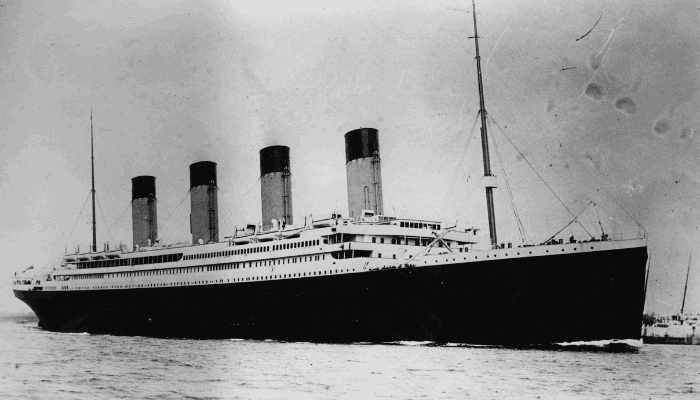
It was called unsinkable due to its 16 watertight compartments that could be closed in case of a collision. Sadly, the ship sank from Southampton to New York on its first voyage. It hit a massive iceberg in April 1912, near Newfoundland, Canada, and drowned three hours later, consuming 1500 of the 2208 people onboard. The chilly waters of the North Atlantic killed everyone from hypothermia before help could arrive.
Directed by James Cameron, the movie released in 1997 immortalized the ship disaster. The Titanic was almost 270 m long and 28.042 m broad. It had nine decks and a gross tonnage of 46,328 tonnes. It was equipped with only 20 lifeboats, enough for 1,178 passengers. Had there been more life crafts, precious lives could have been saved.
2. The Mighty, Costa Concordia
Costa Concordia sank due to a small mistake of the captain and one of the officers. It was a magnanimous passenger ship containing 17 decks, a three-storeyed theatre, swimming pools, gymnasiums, restaurants, and much more. The ship could accommodate over 4000 people.
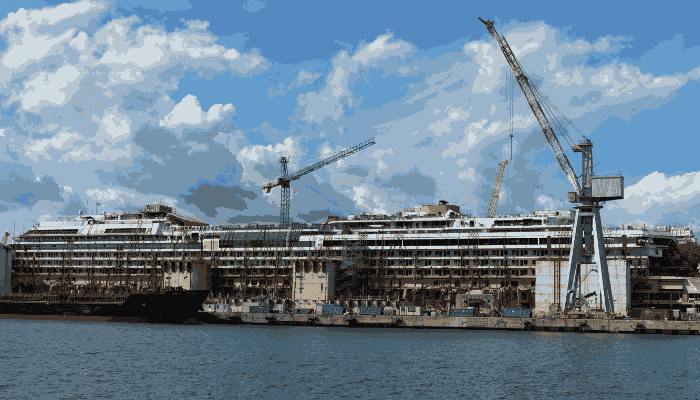
According to investigation reports, the vessel hit an underwater rock when it sailed pretty close to the shore of Isola del Giglio island on 13 January 2012. Captain Francesco Schettino closed the computer navigation alarm since he thought he could navigate the waters himself. Unfortunately, he left his glasses in his cabin, and the damage had been done by the time he got them.
The vessel capsized and sank near Tuscany. Despite the six-hour rescue operation, 34 people died. What’s shocking is that the captain abandoned the ship while 300 passengers were onboard, despite the Coast Guard Officer’s attempt to dissuade him. He was convicted of manslaughter and got a 16-year prison sentence in 2017.
3. The Graceful, MS Estonia
Cruise ferry MS Estonia was struck amidst bad weather in the Baltic Sea, which led to its demise. The ship was built in 1980 by Meyer Werft in Papenburg, Germany. It was known by many names like Viking Sally and Wasa King before 1993. It sank while sailing from Tallinn to Stockholm in September 1994.
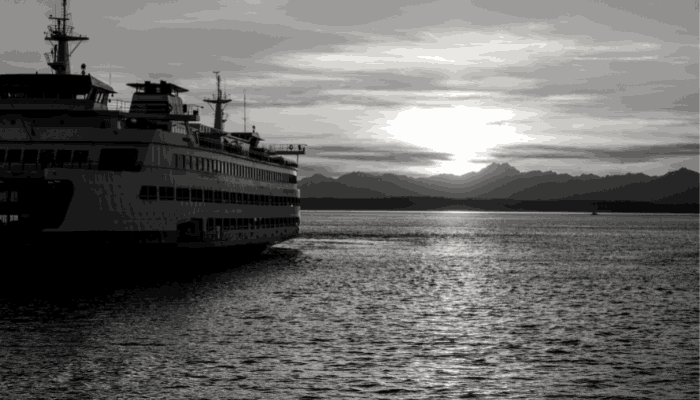
According to reports, it sank as its bow door locks couldn’t open during the storm, with strong winds lashing at a speed of 35 to 45 miles per hour. Hence, the ship tilted to the starboard side and later drowned completely due to excessive flooding on the car deck. The ship surged in an hour and took 852 people to the seabed. Only 137 passengers survived and were rescued.
MS Estonia was 155.43 m long and 24.2 m wide, with a 5.5 m draught and 15,598 gross tonnages. It had 9 decks and 10 lifeboats which were not enough for 2000 people. It could also carry over 410 cars.
4. RMS Lusitania
The German attack on Cruise Ship RMS Lusitania in 1915 was one of the main reasons behind the entry of the US into the First World War. It was hit as a naval vessel since it also contained military weapons for Britain.
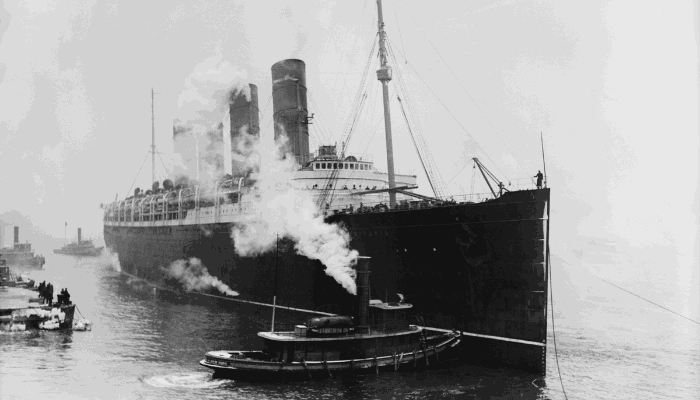
Military Submarine U-20 attacked the cruise while traveling to Liverpool from New York. Launched in 1906, the vessel was constructed by Jon Brown and Corporation and operated by Cunard Company.
The humongous steamship was the largest and most luxurious vessel at that time. It measured almost 240 m lengthwise and 27 m breadthwise, with a 10.2 m draft. The 31,550-tonne ship had 10 decks and a maximum sailing speed of 26.3 knots. It could easily carry 2160 people and over 800 crew. When it sank, 1201 people lost their lives, most Americans.
5. SS Andrea Doria
The SS Andrea Doria went down not because of rough seas or striking an iceberg or underwater formations. Instead, it collided with another passenger vessel called Stockholm due to misreading the radar. Hence, it is remembered as the world’s major radar-caused collision. The incident could not be averted as thick fog barred visibility.
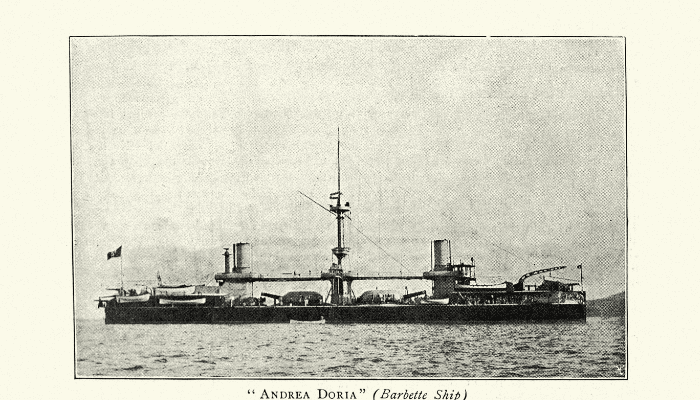
The disaster occurred in July 1956 off the coast of Nantucket, Massachusetts, when the liner was sailing to New York. Hit under the starboard bridge, it was engulfed by waves after 11 hours which gave nearby vessels enough time to respond to its SOS call. Over 50 people died, mostly due to the impact, and over 1650 were rescued.
Owned by Italian Line, it was constructed for a whopping 30 million US dollars. The 212 m long ship had 10 decks and powerful steam turbines, enabling it to attain a maximum speed of 23 knots.
6. SS Eastland
This passenger ship used for touring killed 844 people while it was docked in a port on the Chicago River on 24 July 1915. The vessel rolled over to its starboard side and submerged in water, trapping most passengers inside. It is one of the greatest ship accidents recorded in the history of the Great Lakes.
The accident occurred while the 2500 people were embarking on the vessel, preparing to cruise through Michigan. The possible causes of this disaster were structural flaws in its design, overloading, and inadequacy of the ballast tanks.
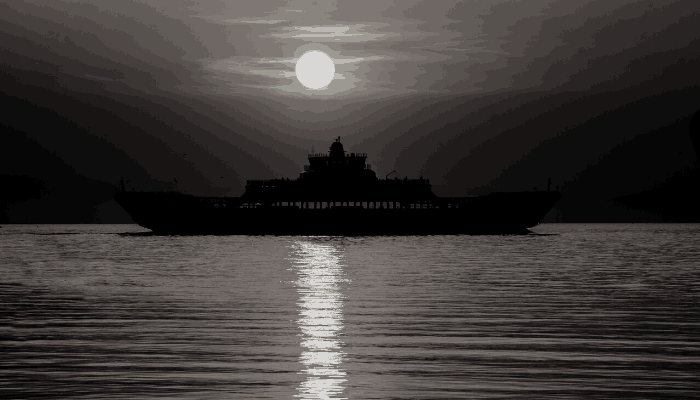
Later it was salvaged and handed over to the US Navy, which restored and modified it. It became a gunboat called USS Wilmette and was used for training. It was scrapped after the second world war ended.
It was launched in 1903 by the Michigan Transportation Company. the 275 m long cruise ship was equipped with 11 lifeboats and 37 life rafts. t had a top speed of 16.5 knots.
7. RMS Empress of Ireland
Ocean Liner Empress of Ireland was carrying 1477 passengers when it struck another Norwegian vessel, the 6000-tonne Storstad, due to poor visibility in the Saint Lawrence River. More than 1000 people died in May 1914, the second biggest cruise disaster of the period, following the Titanic incident.
The cruise ship followed the North Atlantic route between Liverpool and Quebec. Though it contained 42 lifeboats, only four could be launched in water as it tilted on her starboard side, causing panic and chaos onboard the ship. The harsh cold and the inability to close its watertight doors and portholes worsened the situation.
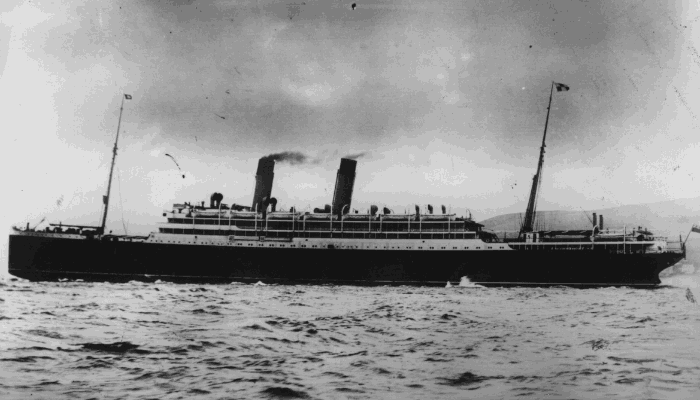
The 168 m long and 20 m broad cruise ship was launched in 1906. t was owned by the Canadian Pacific Steamship company and designed by Francis Elgar. Mirfield Shipping and Engineering were responsible for her construction.
It had 14,191 gross tonnages, two steam engines, and propellors, providing a top sailing speed of 20 knots.
8. SS Admiral Nakhimov
The collision of the cruise ship SS Admiral Nakhimov with the bulk carrier Pyotr Vasev was due to the carelessness of both the vessels’ captains. T e captain of the bulk ship failed to respond to the warning signals issued by the cruise ship. H was not present on the bridge when the vessel hit each other at 5 knots.
The cruise ship disaster occurred in 1986 in Tsemes Bay near Novorossiysk port when the vessel was en route to Sochi. I was carrying 1234 passengers, of which 423 died due to the collision and its aftermath.
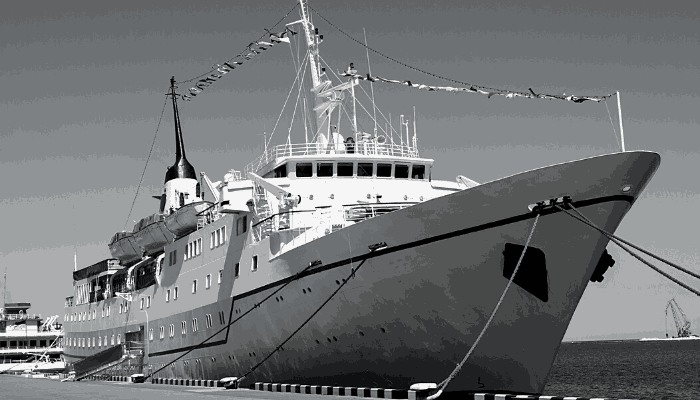
Initially named SS Berlin II, the cruise liner operated on the Crimean-Caucasian route. It was built by Bremer Vulkan and owned by Norddeutscher Lloyd.
The majestic ship had an overall length of 174 m, a 21 m beam, and 17,054 gross tonnes. It could conveniently accommodate 1125 passengers and over 300 crew members. It had a cruising speed of 16 knots.
9. SS Morro Castle
Cruise vessel SS Morro Castle was burned and sank in September 1934, claiming the lives of over 135 passengers and crew members. A total of 318 passengers and 239 crew were aboard the ship on its journey from Havanna to New York.
The accident occurred as the fire spread from its library to the decks and cabins, engulfing the superstructure in flames. I was aggravated by the ship’s decor, which was made of wood and other flammable material. The fire could not be controlled due to rough weather, incapable staff, and the ship’s design.
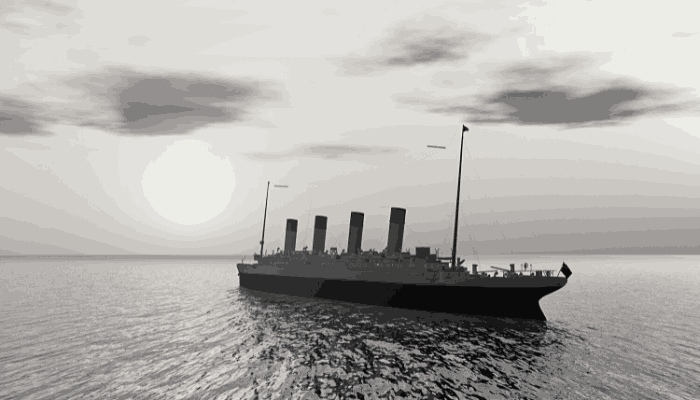
Only 12 lifeboats could be launched out of the several available on board. The decks burned the feet, and passengers leaped into ocean swells. The ship was abandoned by afternoon and the survivors were taken to the New Jersey Coast.
Interestingly, the previous evening, the ship’s captain, Robert Wilmott, died suddenly. T e Chief Officer took command and was worried about a strong northeast wind and dark clouds.
The exact cause of the fire remains a mystery; however, an overheated funnel and electric circuitry are blamed. T ose related to the incident, also speak of arson by a crew member.
It was owned by Agwi Navigation Co. and constructed in 1930. T e 155 m long cruise ship could carry 489 people apart from 240 crew at a speed of 20 knots.
10. Saint-Philibert
A small cruise ship sailing from Loire River, near the French coast, met with tragedy in June 1931. T e ship was carrying 500 people, mostly workers, and their children, from Nantes port. I exceeded its carrying capacity by 80 percent. T e danger was doubled when it encountered raging seas and rough weather, which was not precedented as it was the summer season.
The captain and crew members panicked as there was nothing to be done. O t of the 500 people onboard, only 8 survived the horrific accident. T e violent storm forced passengers to take shelter near machinery casings, which tilted the ship to its starboard side and it ultimately capsized when struck by a gigantic wave.
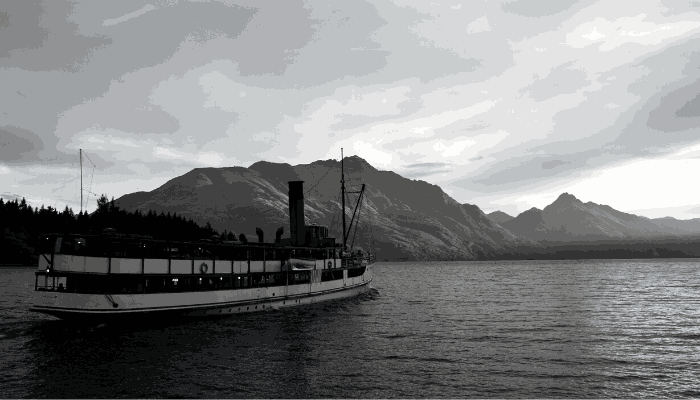
The ship was not equipped to face bad weather, and the captain and crew were not experienced. Appropriate communication equipment was also missing onboard the vessel.
A trial was conducted in 1933, the victims’ families lost the case, and the ship’s owners were set free without any penalties. The cruise vessel was 32 m long and 6.4 m broad with a gross tonnage of 189 tonnes.
You might also like to read-
- Titanic vs. Modern Cruise Ship: How Ships Have Evolved
- Costa Concordia Cruise Ship: Know The ill-fated Ship
- The Scenic Jewel Cruise Ship
- Ship Portholes: A General Overview
Disclaimer: The authors’ views expressed in this article do not necessarily reflect the views of Marine Insight. Data and charts, if used in the article have been sourced from available information and have not been authenticated by any statutory authority. The author and Marine Insight do not claim it to be accurate nor accept any responsibility for the same. The views constitute only the opinions and do not constitute any guidelines or recommendations on any course of action to be followed by the reader.
The article or images cannot be reproduced, copied, shared, or used in any form without the permission of the author and Marine Insight.
Do you have info to share with us ? Suggest a correction
Subscribe To Our Newsletters
By subscribing, you agree to our Privacy Policy and may receive occasional deal communications; you can unsubscribe anytime.
Web Stories

About Author
Zahra is an alumna of Miranda House, University of Delhi. She is an avid writer, possessing immaculate research and editing skills. Author of several academic papers, she has also worked as a freelance writer, producing many technical, creative and marketing pieces. A true aesthete at heart, she loves books a little more than anything else.








